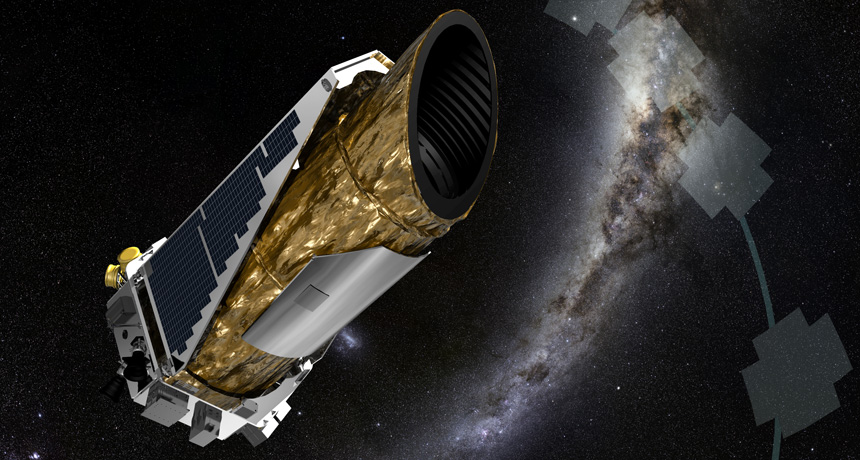Revived Kepler telescope finds first exoplanet
Crippled spacecraft turns up new worlds while balancing on sunlight

SECOND LIFE The revived Kepler telescope, shown in this artist’s illustration, will stare at a different patch of sky every 80 days while using sunlight to stay balanced.
T. Pyle, JPL-Caltech, NASA Ames